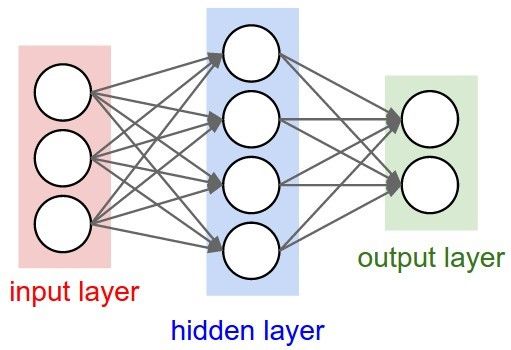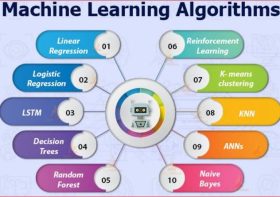Understanding Neural Networks: A Beginner’s Guide

Neural networks are a type of artificial intelligence that mimics the way the human brain works. They consist of interconnected nodes, called neurons, that work together to process and analyze data. Neural networks are able to learn from examples and make predictions or decisions based on that learning.
How Do Neural Networks Work?
Neural networks work by taking in an input, passing it through a series of layers of neurons, and producing an output. Each neuron is connected to other neurons in the network, and these connections are assigned weights that determine the strength of the connection. The network learns by adjusting these weights based on the input it receives and the desired output.
Types of Neural Networks
There are several types of neural networks, each with its own specific architecture and use cases. Some common types include:
Feedforward Neural Networks: These are the simplest type of neural network, where the data flows in one direction from the input layer to the output layer.
Recurrent Neural Networks: These networks are able to retain information from previous inputs, making them suitable for tasks such as speech recognition and language translation.
Convolutional Neural Networks: These networks are commonly used in image recognition tasks and have a specialized architecture that is optimized for processing visual data.
Training a Neural Network
In order for a neural network to make accurate predictions or decisions, it needs to be trained on a large dataset of examples. This training process involves feeding the network input data and adjusting the weights of the connections between neurons to minimize the difference between the predicted output and the actual output.
Benefits of Neural Networks
Neural networks have become increasingly popular in recent years due to their ability to handle complex tasks and learn from data. Some key benefits of neural networks include:
Ability to learn and adapt: Neural networks are able to learn from examples and make predictions on new data without being explicitly programmed.
High accuracy: Neural networks are capable of achieving high levels of accuracy on tasks such as image recognition and natural language processing.
Scalability: Neural networks can be scaled up to handle large amounts of data and complex tasks.
Challenges of Neural Networks
While neural networks offer many advantages, they also come with challenges that need to be addressed, such as:
Complexity: Neural networks can be complex to design and train, requiring a deep understanding of algorithms and techniques.
Overfitting: Neural networks can sometimes memorize the training data instead of generalizing from it, leading to poor performance on new data.
Compute resources: Training neural networks can be computationally intensive, requiring powerful hardware such as GPUs or specialized processors.
Conclusion
Neural networks are a powerful tool in the field of artificial intelligence, capable of handling complex tasks and learning from data. By understanding the basics of how neural networks work and the different types available, beginners can start to explore the potential applications of this technology in various domains.


